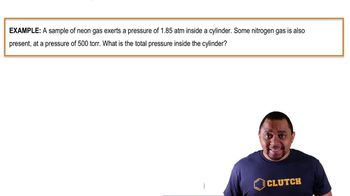At 900 °C, 𝐾𝑐 = 0.0108 for the reaction
CaCO3(𝑠) ⇌ CaO(𝑠) + CO2(𝑔)
A mixture of CaCO3, CaO, and CO2 is placed in a 10.0-L vessel at 900°C. For the following mixtures, will the amount of CaCO3 increase, decrease, or remain the same as the system approaches equilibrium?
(a) 15.0 g CaCO3, 15.0 g CaO, and 4.25 g CO2
(b) 2.50 g CaCO3, 25.0 g CaO, and 5.66 g CO2
(c) 30.5 g CaCO3, 25.5 g CaO, and 6.48 g CO2




